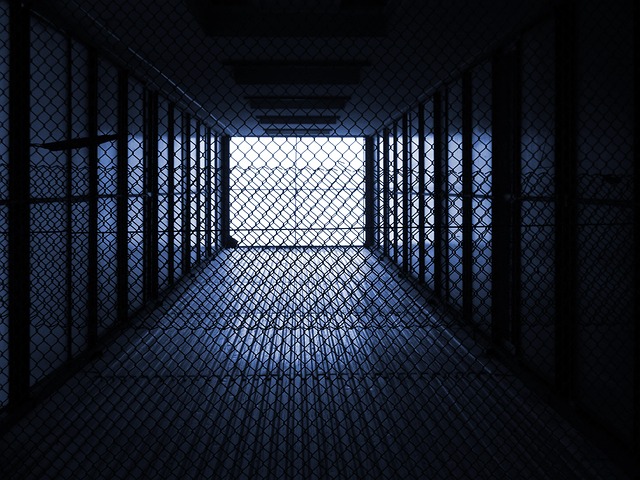In New Bedford, a well-maintained fence not only enhances outdoor spaces but also adds value to properties. Whether you’re in need of repair or looking to install a new fence, understanding the local market and requirements is key. This comprehensive guide delves into the intricacies of New Bedford fence repair and installation, covering everything from identifying common needs and selecting the perfect material to step-by-step installation and ongoing maintenance tips. By the end, you’ll be equipped with the knowledge to transform your outdoor space.
- Understanding New Bedford Fence Needs
- The Selection Process: Choosing the Right Fence
- Installation: A Step-by-Step Guide
- Common Repair Issues and Solutions
- Maintaining Your New Fence
Understanding New Bedford Fence Needs
Fences are an integral part of any property, serving both aesthetic and functional purposes. In New Bedford, understanding the unique needs of your fence is crucial for effective repair and installation. The city’s diverse climate, including harsh winters and frequent coastal storms, puts significant stress on fences, necessitating robust materials and skilled craftsmanship to ensure longevity.
Various factors influence New Bedford fence needs. Property owners may require privacy fences to shield their homes from neighbors or public view, while others might seek security fences to protect against potential threats. Additionally, the terrain and surrounding environment play a role; coastal areas demand water-resistant materials, while regions with heavy traffic need sturdy barriers that can withstand constant use.
The Selection Process: Choosing the Right Fence
When it comes to selecting the right fence for your property, there are several factors to consider. First and foremost, determine the purpose of the fence—whether it’s for security, privacy, or aesthetic appeal. Different types of fences serve different functions; for instance, a sturdy wooden fence offers privacy, while a chain-link fence is more suitable for security and visibility.
The style and design are also crucial elements to think about. Consider your neighborhood’s aesthetics and your personal taste. Fences can range from traditional vertical boards to modern metal designs. Material choices vary too, with options like wood, vinyl, iron, or concrete, each having unique benefits and maintenance requirements. Ensure the fence aligns with your budget and that you choose a durable option tailored to your local climate and conditions.
Installation: A Step-by-Step Guide
Fencing installation is a project that requires careful planning and execution to ensure longevity and aesthetic appeal. Here’s a simplified guide for installing a new fence in New Bedford:
1. Preparation: Clear the site of any debris, plants, or structures. Measure and mark the perimeter of your fence, ensuring it aligns with local regulations. Obtain necessary permits if required. Gather all materials and tools needed, including posts, rails, pickets, concrete, tools for digging and assembling, and protective gear.
2. Site Preparation & Post Installation: Dig holes for the fence posts according to the manufacturer’s instructions. Place the posts in the holes, ensuring they are plumb (straight) and level. Backfill the holes with concrete, allowing it to set completely. Once the concrete is cured, attach the rails to the posts using brackets or nails. Secure pickets by nailing them into the rails, spacing them evenly for a uniform appearance.
Common Repair Issues and Solutions
Fences, despite being robust structures designed to withstand various elements, are prone to wear and tear over time, leading to common repair issues in New Bedford homes. One of the frequent problems is loose or broken posts, which can occur due to settling soil, extreme weather conditions, or heavy traffic nearby. To address this, professionals often recommend regular inspections and timely repairs, involving either replacing the damaged post or realigning it to ensure stability.
Another prevalent issue is rusted or decayed fence panels, particularly in areas with high moisture levels. It requires immediate attention as it compromises the structural integrity of the fence. Solutions include repairing or replacing the affected panels, treating wooden parts with protective coatings, and using rust-resistant materials for new installations to prevent future problems.
Maintaining Your New Fence
After the installation of your new fence, proper maintenance is essential to ensure its longevity and preserve its aesthetic appeal. Regular cleaning and inspection are key steps in maintaining your fence. Remove any debris, such as leaves or branches, that may accumulate on top of or around the fence to prevent damage and keep it looking neat. Inspecting your fence periodically allows you to identify and address any issues early on, whether it’s a loose board, rusted hardware, or signs of wear and tear.
Painting or sealing your fence regularly can also protect it from the elements. Wood fences, in particular, benefit from an annual coat of sealant or paint to prevent rot and insect damage. Metal fences may require periodic repainting to maintain their finish and prevent corrosion. Following these simple maintenance tips will help keep your new fence looking good for years to come.
